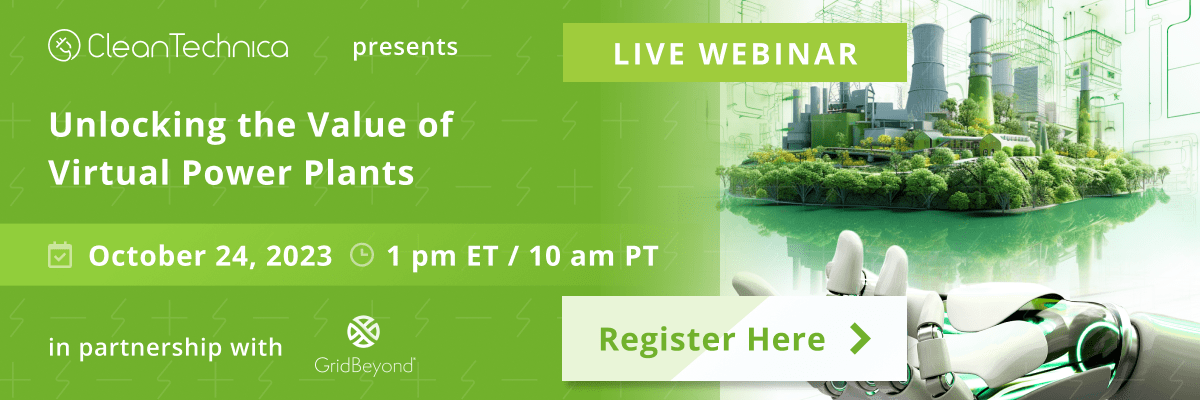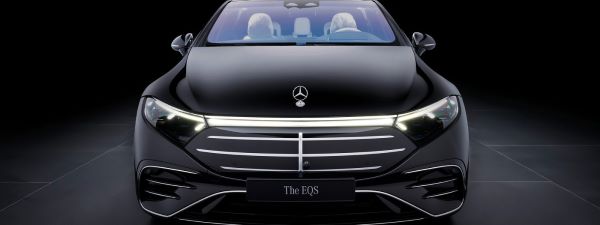Sign up for daily news updates from CleanTechnica on email. Or follow us on Google News!
The looming chicken feather crisis is finally getting some attention from science, as researchers explore ways to mine wads of fouled, wet, waste feathers for valuable keratin protein. In one of the latest developments, a team from ETH Zurich and Nanyang Technological University Singapore Fans has applied a tailored form of keratin to make bio-based membranes for zero emission hydrogen fuel cells.
Chicken Feathers Can Pack a Powerful Hydrogen Fuel Cell Punch
On a global level, the ETH/Nanyang research team estimates that 40 million metric tonnes of chicken feathers are incinerated every year for lack of anything better to do with them.
The team did find something better to do with them. However, using keratin to fabricate membranes for hydrogen fuel cells is not as simple as it sounds, considering the punishing environment of a fuel cell.
Before being rendered into membranes, the researchers processed their feather-derived keratin into the form of extremely fine fibers called amyloid fibrils. If that rings a bell, you may be thinking of the amyloid fibrils deposited on organs and tissues in the human body, which are typically indicative of a pathological condition.
As explained by our friend over at the US National Institutes of Health, amyloid fibrils are associated with Mad Cow disease, among others. However, they also have a secret superpower.
“Amyloid fibrils are extremely stable and resistant to degradation. They have been described as having a similar tensile strength to steel, a property that they share with their structural cousin, silk,” NIH observes.
That explains why the new bio-based membrane from chicken feathers is at home in the rough and tumble world of hydrogen fuel cells. Fuel cells generate electricity through a reaction between hydrogen and ambient oxygen, shepherded by a catalyst. The membrane in a fuel cell plays a central role and it had better be up to snuff.
“It [the membrane] allows protons to pass through but blocks electrons, forcing them to flow through an external circuit from the negatively charged anode to the positively charged cathode, thereby producing an electric current,” ETH explains.
More Chicken Feathers For More Hydrogen Fuel Cells
As for what to do with the leftover feathers, that’s a good question. According to ETH, chicken feathers consist of 90% keratin. That still leaves 10% of 40 million tonnes of post-keratin waste to dispose of each year.
Leaving that aside, the ETH/Nanyang team is not the only group interested in the application of chicken feathers to hydrogen fuel cells.
Back in 2009, CleanTechnica took note when a team of researchers at the University of Delaware won a modest grant to deploy keratin from chicken feathers as a hydrogen storage medium for fuel cell electric vehicles.
The researchers set a goal of meeting Energy Department benchmarks for cost and capacity. Chicken feathers were a good bet, partly because the use of a bio-based material could help resolve costs that bedevil other materials, including end-of-life disposal costs.
“In order to solve the H2 storage problem in fuel cell automobiles, various kinds of nano-structured materials have been investigated and produced, none of which could fulfill these targets entirely,” the team observed. “Their disposal methods and degradability are still a big question mark. Additionally, the prices of these materials are extremely expensive.”
Building A Better Hydrogen Storage System
The UD team exposed their feather-derived keratin to a high heat treatment to carbonize it for hydrogen storage. The end result was a material with a much larger surface area than raw keratin fibers.
“When keratin-based chicken feathers are heat treated by controlled pyrolysis, hollow carbon microtubes are formed with nanoporous walls,” the team explained. “Their surface area increases substantially by the formation of fractals and micropores thus enabling more hydrogen adsorption than untreated feather fibers.”
That particular idea seems to have fallen by the wayside at UD, but others have picked it up. In 2019, for example, the Institute of Physics hosted a presentation on the topic of carbonized chicken feathers as a hydrogen storage medium.
One Chicken Feather To Rule Them All
Hydrogen fuel cells are just one branch of the chicken feather saga.
The US Department of Agriculture has been looking for a solution to the chicken feather crisis at least as far back as 2000, when it assessed an effort to upcycle feathers for everything from filters and diapers to insulation and upholstery padding.
That idea seems to have gotten lost somewhere, but in 2009, USDA researchers were exploring the idea of making biodegradable flower pots from chicken feathers. Chicken feathers are a significant source of nitrogen as well as keratin, the idea being to compost the pots at the end of their lifespan.
Carbonized chicken feathers have also been investigated for numerous other uses, including EV batteries and bio-based plastics.
The search for an upcycling solution also includes deploying feather-derived protein to produce textiles. Last year a research team in Nebraska reported significant progress on their feather-to-textile project, though challenges still remain.
Last year a multinational research team also published a study on the use of chicken feathers as a relatively inexpensive, biobased source of waterproof coatings for food packaging.
European Union Determined To Resolve Chicken Feather Crisis
The EU emerged as a hotspot of chicken feather activity last May, when it launched a new collaboration called UNLOCK. The new initiative aims at extracting keratin from the 3.6 million tonnes of feathers generated by the European poultry industry each year.
The project is administered by the Spanish independent research organization CIDETEC Foundation, which notes that only about 25% of Europe’s feathers are re-used. Feed and fertilizer are the primary uses for salvaged feathers in the EU. The rest go to waste.
UNLOCK has tasked itself with capturing more of the waste and upcycling feathers into seed trays, nonwoven textiles, mulch films, hydroponic foams, and other materials used by the agriculture industry.
They also anticipate end-of-life-benefits from the nitrogen released into soil when the products are biodegraded.
Hydrogen Fuel Cells: The Next Generation
The UNLOCK initiative is scheduled to conclude in 2025, so stay tuned for more on that. Meanwhile, the search for more sustainable materials for hydrogen fuel cells goes on.
The hydrogen part of the equation beginning to come under control. Natural gas is still the main source of the global supply, but alternative sources including water and biomass are emerging (see lots more CleanTechnica coverage here).
Finding alternatives for the membranes used in hydrogen fuel cells is a whole ‘nother kettle of fish. The proprietary polymer Nafion has ruled the roost ever since it was invented in the 1960s. The brand is owned by Chemours, which spun out of DuPont in 2015.
Where’s Congress?
Of course, no story about chicken feathers and hydrogen fuel cells would be complete without a mention of the US House of Representatives, where the Republican majority has empowered the lunatics to run the asylum.
Republican members of Congress fired Representative Kevin McCarthy from the all-important post of Speaker on October 4, and the House cannot conduct normal business until they replace him, which they seem determined not to do.
That’s all well and good for any member of Congress who aims to make hash out of the most powerful democracy in the modern world (spoiler alert: all of these Republicans), but the rest of us would like to know how long these folks expect to collect their salaries from us taxpayers without doing any actual work.
Image: New bio-based membrane for hydrogen fuel cells courtesy of ETH/Nanyang.
Follow me @tinamcasey on Bluesky, Threads, Post, LinkedIn, and Spoutible.
Have a tip for CleanTechnica? Want to advertise? Want to suggest a guest for our CleanTech Talk podcast? Contact us here.
EV Obsession Daily!
I don’t like paywalls. You don’t like paywalls. Who likes paywalls? Here at CleanTechnica, we implemented a limited paywall for a while, but it always felt wrong — and it was always tough to decide what we should put behind there. In theory, your most exclusive and best content goes behind a paywall. But then fewer people read it!! So, we’ve decided to completely nix paywalls here at CleanTechnica. But…
Thank you!
Tesla Sales in 2023, 2024, and 2030
CleanTechnica uses affiliate links. See our policy here.





